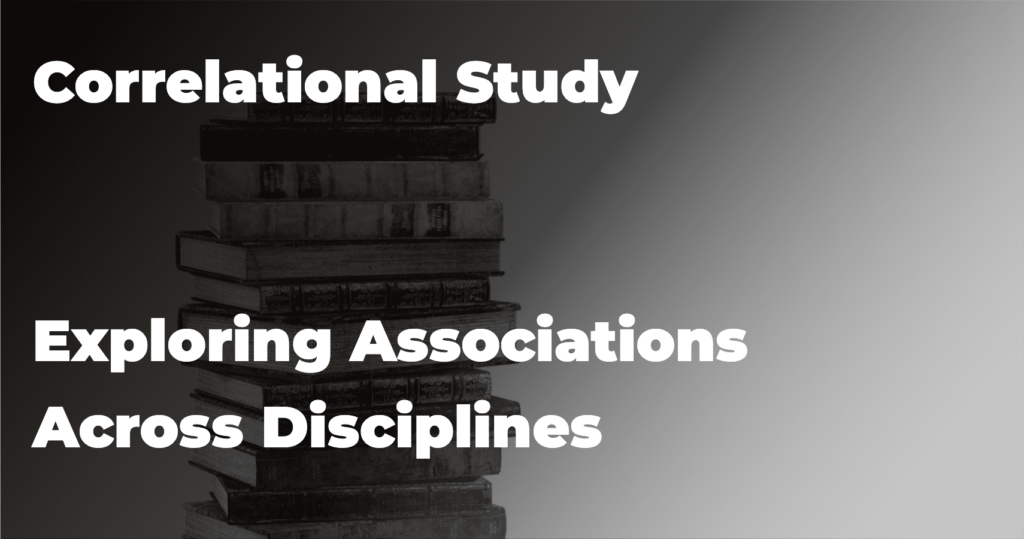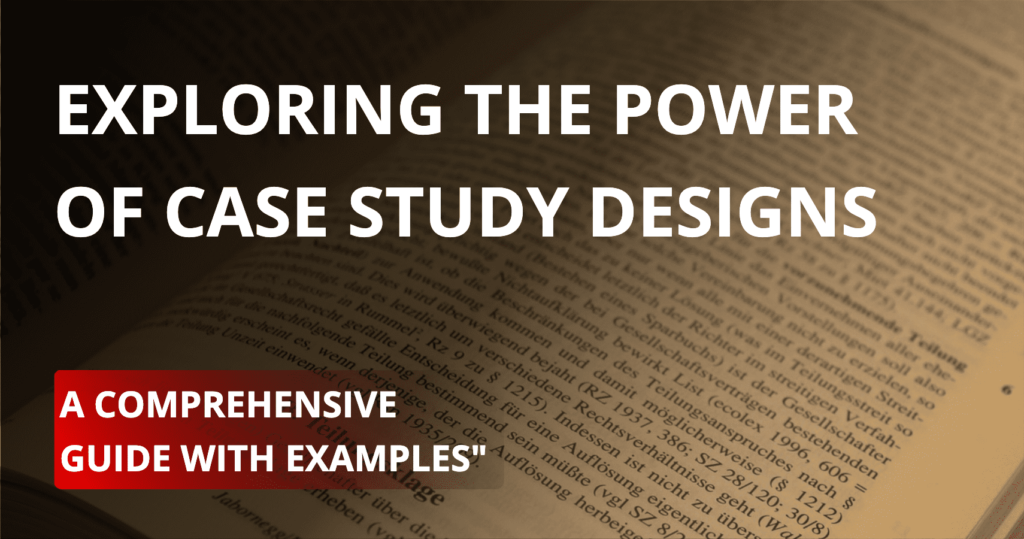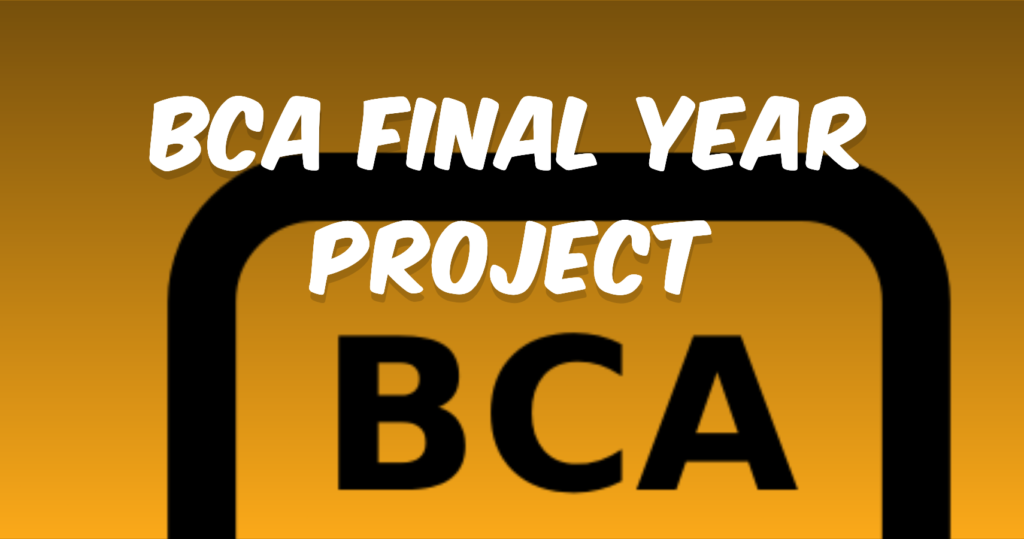Table of Contents
PROJECT MART - College Project Service
For help with an college project, text right now.
Correlational studies play a crucial role in uncovering relationships between variables across various disciplines. From psychology to sociology, economics to medicine, correlational studies offer valuable insights into how different factors interact with one another. In this article, we will delve into the purpose, definition, examples, designs, advantages, and disadvantages of correlational studies, exploring their significance in academic research.
Purpose of Correlational Study
The primary purpose of a correlational study is to examine the relationship between two or more variables. Unlike experimental studies, correlational research does not involve manipulation of variables; instead, it focuses on observing and analyzing naturally occurring associations. Researchers use correlational studies to identify patterns, make predictions, and generate hypotheses for further investigation.
Define Correlational Study
A correlational study is a type of research design used to determine the extent to which two or more variables are related. It involves measuring the variables of interest without any intervention or manipulation by the researcher. The strength and direction of the relationship between variables are assessed using statistical techniques such as Pearson’s correlation coefficient.
Correlational Study Examples in Psychology
In psychology, correlational studies are prevalent in various areas, including:
- Relationship between Exercise and Mood: Researchers might investigate whether there is a correlation between regular exercise and improvements in mood disorders such as depression.
- Academic Performance and Study Habits: Correlational studies can explore the connection between study habits, such as time management and note-taking, and academic performance among students.
- Parenting Styles and Child Behavior: Psychologists may examine the correlation between different parenting styles (authoritative, authoritarian, permissive) and their impact on child behavior and development.
Can a Correlational Study Be Qualitative?
While correlational studies are often quantitative in nature, employing statistical analysis to measure relationships between variables, they can incorporate qualitative elements. Qualitative data, such as interviews or open-ended survey responses, can complement quantitative findings by providing deeper insights into participants’ experiences, perceptions, and behaviors.
Independent and Dependent Variables in Correlational Study
In correlational studies, researchers identify independent variables (IVs) and dependent variables (DVs). The independent variable is the factor that is believed to influence or cause changes in the dependent variable. However, unlike in experimental studies where the IV is manipulated, in correlational studies, the IV is simply measured as it naturally occurs alongside the DV.
Correlational Study Types
There are several types of correlational studies, including:
- Positive Correlation: Variables move in the same direction (e.g., as hours of study increase, exam scores also increase).
- Negative Correlation: Variables move in opposite directions (e.g., as stress levels increase, quality of sleep decreases).
- Zero Correlation: There is no relationship between variables (e.g., no correlation between shoe size and intelligence).
Causal Study vs. Correlational Study
It’s essential to differentiate between causal studies and correlational studies. While correlational research identifies associations between variables, it cannot determine causation. Causal studies, on the other hand, involve experimental manipulation of variables to establish cause-and-effect relationships.
IV and DV in Correlational Study
In a correlational study, the independent variable (IV) is the variable that is presumed to affect the dependent variable (DV). However, unlike in experimental research, the IV is not manipulated by the researcher but rather observed as it occurs naturally.
Correlational Study Designs
Correlational studies can employ various designs, including:
- Cross-sectional Design: Data is collected at a single point in time, providing a snapshot of relationships between variables.
- Longitudinal Design: Data is collected over an extended period, allowing researchers to track changes in variables over time and examine correlations longitudinally.
Difference Between Experimental and Correlational Study
While both experimental and correlational studies are used in scientific research, they differ in several key aspects:
- Manipulation: Experimental studies involve manipulating variables, while correlational studies observe naturally occurring relationships.
- Causation: Experimental studies can establish causation, whereas correlational studies can only identify associations.
- Control: Experimental studies allow for greater control over extraneous variables, while correlational studies are more prone to confounding variables.
Advantages and Disadvantages of Correlational Study in Psychology
- Advantages:
- – Allows researchers to study variables that cannot be manipulated ethically or practically.
- – Provides insights into real-world relationships between variables.
- – Useful for generating hypotheses and guiding further research.
- Disadvantages:
- – Cannot establish causation.
- – Vulnerable to confounding variables.
- – Limited control over extraneous factors.
Difference Between Cross-sectional and Correlational Study
While cross-sectional studies and correlational studies are both observational research designs, they differ in their focus and methodology. A cross-sectional study examines a snapshot of a population at a single point in time, whereas a correlational study examines relationships between variables without manipulation.
Does a Correlational Study Have a Comparison PICOT?
In a correlational study, researchers typically do not formulate a PICOT (Population, Intervention, Comparison, Outcome) question, as this framework is more commonly associated with experimental research designs. Instead, researchers focus on identifying relationships between variables and exploring potential patterns or associations.
Correlational Study of Academic Stress and Suicidal Ideation Among Students
An example of a correlational study in psychology could be investigating the relationship between academic stress and suicidal ideation among college students. Researchers might collect data on students’ levels of academic stress (IV) and their reported suicidal ideation (DV) to determine if there is a correlation between the two variables.
Hypothesis for Correlational Study
In a correlational study, hypotheses typically predict the direction and strength of the relationship between variables. For example, a hypothesis for the study mentioned above could be: “Higher levels of academic stress will be positively correlated with increased suicidal ideation among college students.”
In conclusion, correlational studies serve as valuable tools for exploring associations between variables across disciplines. While they cannot establish causation, they offer insights into real-world relationships and guide further research endeavors. By understanding the purpose, methods, and limitations of correlational studies, researchers can effectively leverage this research design to advance knowledge and address pressing questions in their respective fields.







